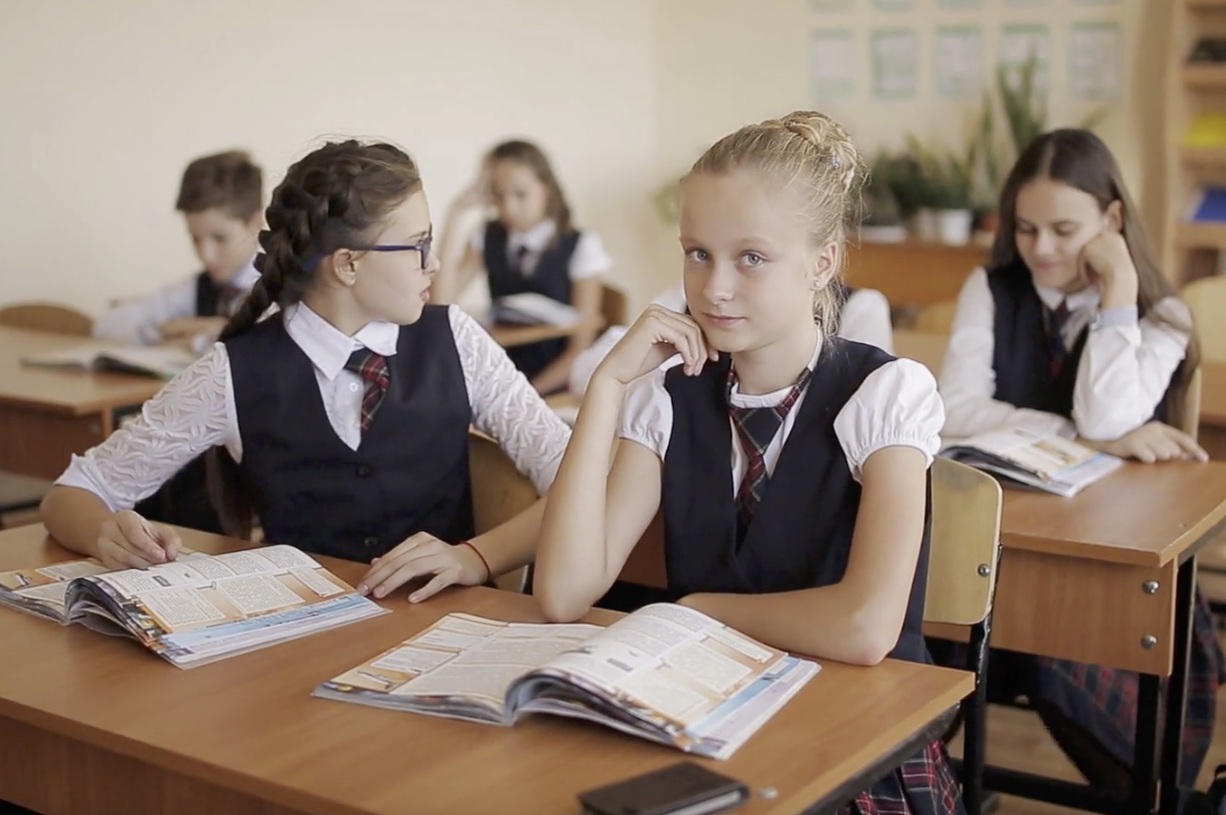One thing that teachers quickly discover is that everyone within the community has an opinion on education. And one of the hottest topics that people love to debate is exclusion vs inclusion when it comes to disruptive students.
Each method has its unique benefits and drawbacks. At heart, each school is trying to find the best way for teachers to change student lives positively.
So, what should your school do when it comes to exclusion vs inclusion? To answer that question, there are several factors you must consider.

Benefits of Exclusion
To some (especially non-educators), exclusion sounds pretty harsh. The very name implies a negative separation of a student from their peers.
However, the truth is that there are many benefits to exclusion. The most significant advantage is that it offers a superior learning environment for the majority of students. Some educators see this as a matter of simple mathematics: if removing a single disruptive element from the classroom can help provide a better learning environment, don’t we owe that to our students?
Then again, education has always been more than a numbers game. And exclusion has some drawbacks.
Drawbacks of Exclusion
While exclusion has many benefits, it also has many drawbacks. The most obvious drawback is that it feels (and appears to the public) as if the school is “giving up” on individual students. And this invites media scrutiny regarding which groups are getting excluded more than others.
Schools should understand that the decision they make about exclusion can have far-reaching consequences. For example, in some places, permanent expulsion from one public school will keep a student from attending any other public schools in the area!
Benefits of Inclusion
Inclusion, like exclusion, has many benefits and drawbacks. The most obvious benefit is that it ensures that everyone receives the same quality of education. Every student in the room will have the same academic opportunities and receive the same level of attention from the teacher.
Inclusion is also much easier in terms of school management. Avoiding exclusion whenever possible means that educators can worry less about exclusion paperwork and even legal concerns.
Drawbacks of Inclusion
Inclusion is undoubtedly the easiest option for the schools and (potentially) for the teachers themselves. Nonetheless, it has a few drawbacks that may give you pause.
We’ve already alluded to some of the main drawbacks. One is the notion of classroom disruptions: if a student is prone to outbursts or other disruptions, it causes distractions for other students. And it means that more time, attention, and resources are going to helping individual students than helping the rest of the class.
Inclusion is also a political hot potato because it gives the impression that students are being “mainstreamed.” Many parents will inevitably worry that inclusion has caused the educational quality of their child to suffer to accommodate a disruptive student.
Temporary vs. Permanent
While it’s easy enough to compare and contrast inclusion and exclusion, the truth is that most schools employ a mixture of both. In that case, one of the more critical decisions regarding exclusion cases is whether they will be temporary or permanent.
Temporary exclusion is easier to administer and manage than anything permanent. At the same time, the “temporary” nature increases how many exclusions are given each year. And the way these exclusions are handled can sometimes open the school to some liability concerns (more on this below).
While exclusion is never easy (for teachers, students, and parents alike), it will remain necessary for some students. It’s best to keep this as a final option for student discipline and make sure that is ingrained into your school culture.
Legal Minefield
Most see exclusion as a kind of necessary evil. There will always be students who need to be removed (temporarily or permanently) from an environment they have been disrupting.
However, senior management must also be conscious of how exclusion affects public perception. If it seems like the school is disproportionately targeting students of colour or otherwise discriminating against certain groups, they may open themselves to public scrutiny and intense media criticism. This may affect enrollments, donations, and other elements crucial to the school’s success.
School Culture
It’s an open secret that many schools have a disconnect between teachers and senior management. Each group is doing what they think is best for students, but those actions may unknowingly be in opposition to each other.
However, teachers and senior management must work together to create a shared culture. When it comes to discipline, this shared school culture should always view exclusion as a last resort.
Ideally, the school will have a disciplinary hierarchy that includes several intervention steps before exclusion becomes necessary.
Does your school do things differently? Have you had an experience that you would like to share? Let us know.
Exclusion vs Inclusion – What Should Schools Do?

